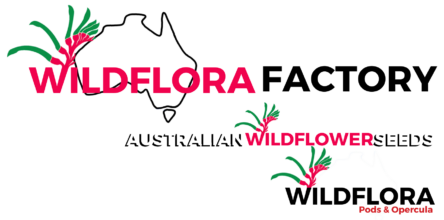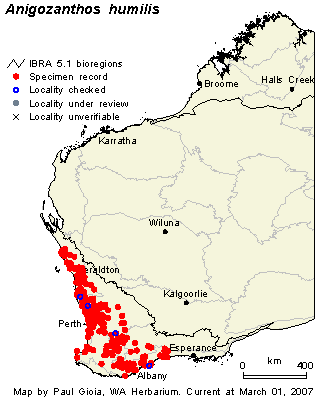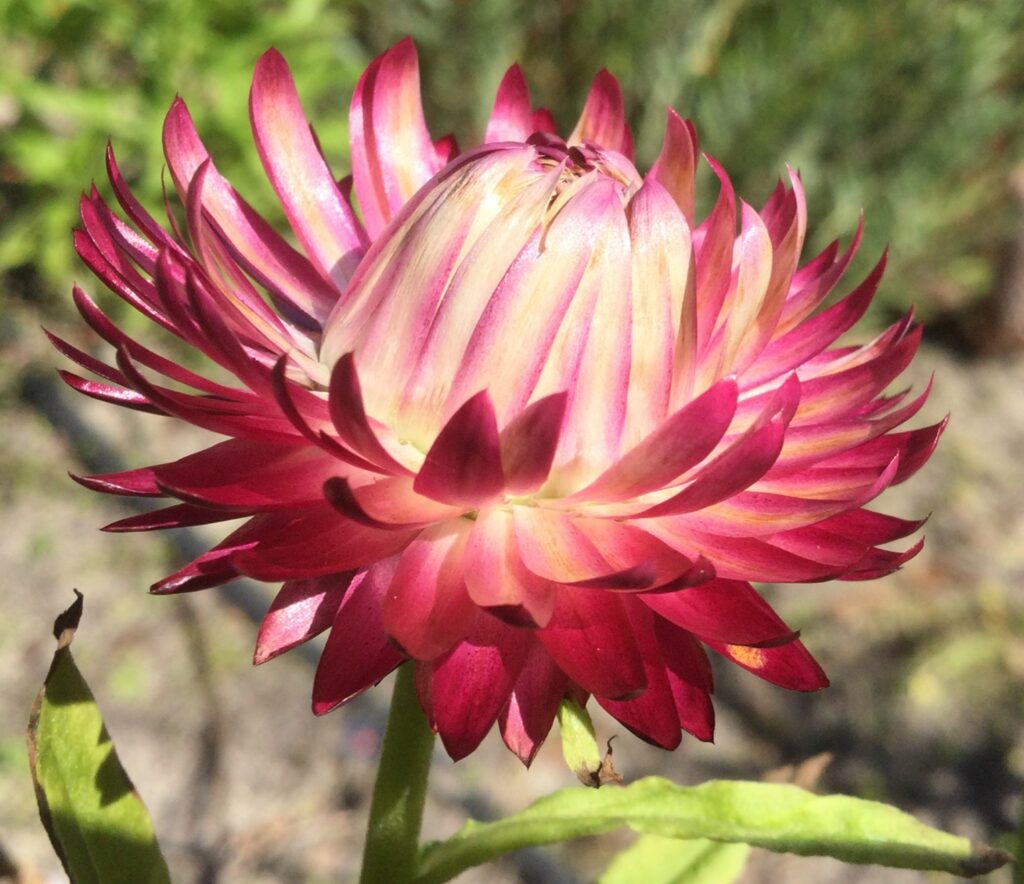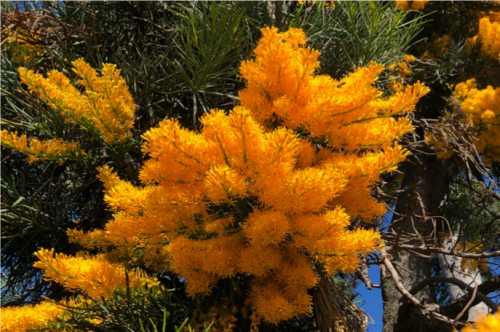Scientific Name: Anigozanthos humilis
Common Name: Cats Paw
Alternative Common Name: Cats Claw
Family: Haemodoraceae
Height: Up to about 0.5m (18″‘)
Width: Up to about 0.5m (18″)
Description:
An attractive and interesting perennial plant with velvety flowers from Winter to Summer in shades of yellow, orange and red, from straight un-branched stems up to 45cm (18″), similar in shape to the Kangaroo Paw but with segments of the flower resembling the grasping paws of a cat among the smooth, blue-green, ribbon-like leaves. A close inspection reveals the lovely detail of the flowers.
Suits a wide range of growing situations, such as deep pots, window-boxes, rockery or open garden. Attracts nectar feeding birds.
Flowers:
Yellow, orange and red, from winter to summer, on straight stems up to 45cm (18″), resembling the grasping paws of a cat.
Soil:
Sand, sandy loam, clay, laterite, limestone. Prefers sandy, well-drained soil in a sunny position or part shade and can adapt to wetter soils. A lime soil with a sandy top soil may extend its life.
Aspects:
Prefers full sun to part-shade. Moderately frost tolerant, but does need protection from severe cold.
Habitat:
Occurs naturally in Western Australia’s south-west but will grow in all mainland States of Australia and many other parts of the world given the right conditions. High humidity can be a problem – try to provide good sunlight and in humid or damp conditions provide good ventilation and cease watering.
Growing:
Fill a pot or seed tray to within 2-3 cm (1″) of the top with damp sandy soil. Sow the seeds thinly on the surface and compress lightly so the seeds are in full contact with the soil. Add wildflower seed starter granules to the surface after sowing the seeds and water in to assist germination. Wet thoroughly and keep damp but not soggy.
In dry climates cover the pots with clear polythene to preserve moisture and warmth and place the pots in a warm, shaded position to germinate. Germination usually takes about 30 days. Remove the polythene once germination starts. Protect the seedlings from snails and slugs.
Transplant the seedlings to individual containers when large enough to handle without damage and keep them well watered. Plant out to open garden, rockery or pots at about 7-8cm (3″) high.
Landscape:
Open garden, shrubbery, rockery, deep pots and tubs or window boxes with sandy, well-drained soil in full sun or some part-shade.
Cultivation: Prefers sandy, well-drained soil in a sunny position or part shade – a lime soil with a sandy top soil may extend its life. Water in well, water regularly until established, then occasionally in dry weather. During hot weather, water early in the mornings around the base. After transplanting and just before flowering, apply a light application of natural or slow release fertiliser – minimize or avoid phosphates.
In Dry Conditions – tolerates dry spells, though best if watered occasionally (eg. a soak around the roots once each week) in dry weather.
In Cold and Frost-prone Areas – can be frost tender. Sow in a glasshouse or after risk of frost has passed. Plant out as per instructions after germination.
After Flowering is Finished – a perennial; can be deciduous in nature, though not as often in cultivation. Reduce watering during the dormant period until buds begin to form, lightly fertilise (low phosphate, slow release) at this time and water if conditions require.
Seed Starter Required: Strongly recommended.



